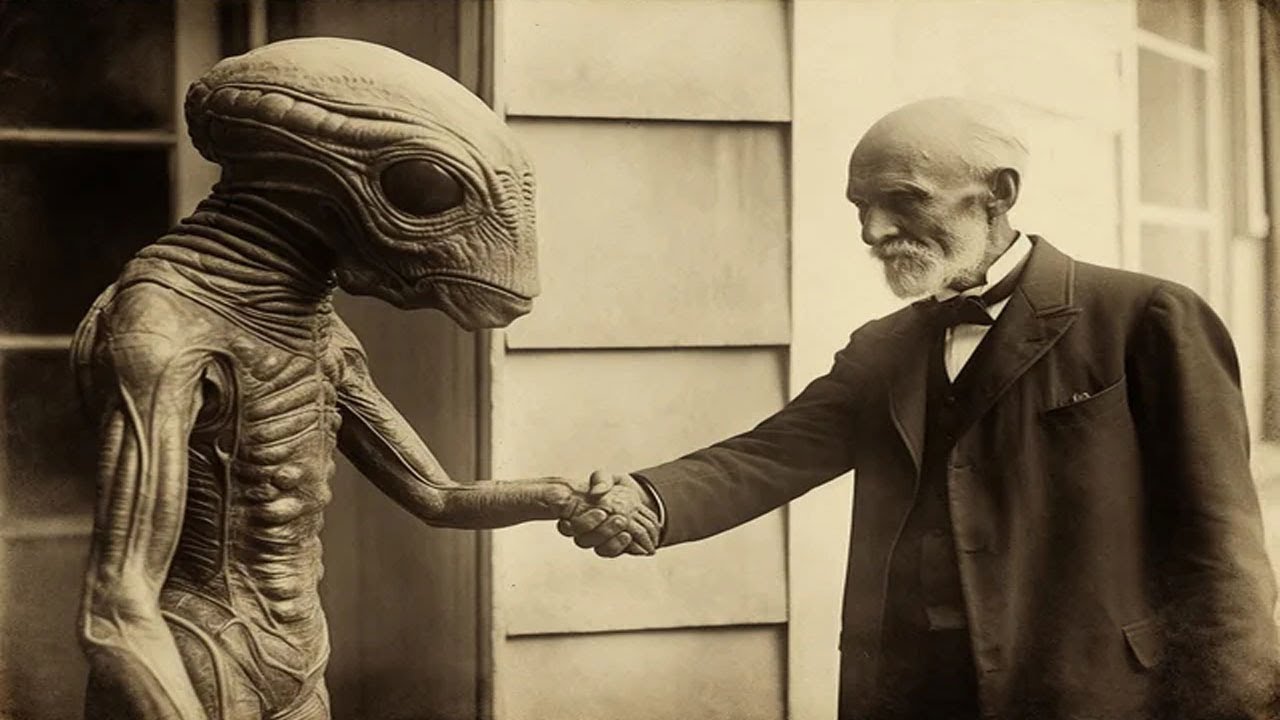In the harsh reality of the streets, a heart-wrenching scene unfolds as a dog, its pelvis shattered and face marred by injuries, lies in the throes of death. In a desperate plea for mercy, the canine looks to passersby, silently begging for salvation from the pain and suffering that has befallen it.
The narrative begins with the grim reality faced by the suffering dog—an existence marked by a broken pelvis and facial injuries. The once vibrant creature now lies in a state of agony, the physical wounds reflecting the depth of its suffering and the cruel hand it has been dealt.
As the dog teeters on the brink of death, it turns its gaze towards passersby, the silent yet powerful plea for salvation evident in its eyes. In its vulnerable state, the canine implores the compassion of those who bear witness to its dire circumstances, a plea that transcends the limitations of words.
The heartbreaking reality is the dog’s impending demise amid the bustle of everyday life. The contrast between the bustling surroundings and the silent agony of the dying canine serves as a stark reminder of the often-unseen suffering existing in the midst of our daily routines.
The narrative shifts from despair to a call for action, urging those who encounter the dying dog to extend a lifeline of compassion. In the face of such profound suffering, the plea echoes beyond the immediate moment, emphasizing the collective responsibility to intervene and alleviate the agony of the helpless creature.
In conclusion, the story of the dying dog, with a broken pelvis and facial injuries, is a somber reflection of the harsh realities faced by animals in distress. It serves as a poignant call to foster compassion, urging society to recognize and respond to the silent pleas for salvation from those who cannot articulate their pain. As we contemplate this narrative, let it inspire a commitment to creating a world where no creature is left to suffer in silence, and where compassion extends to the most vulnerable among us.








